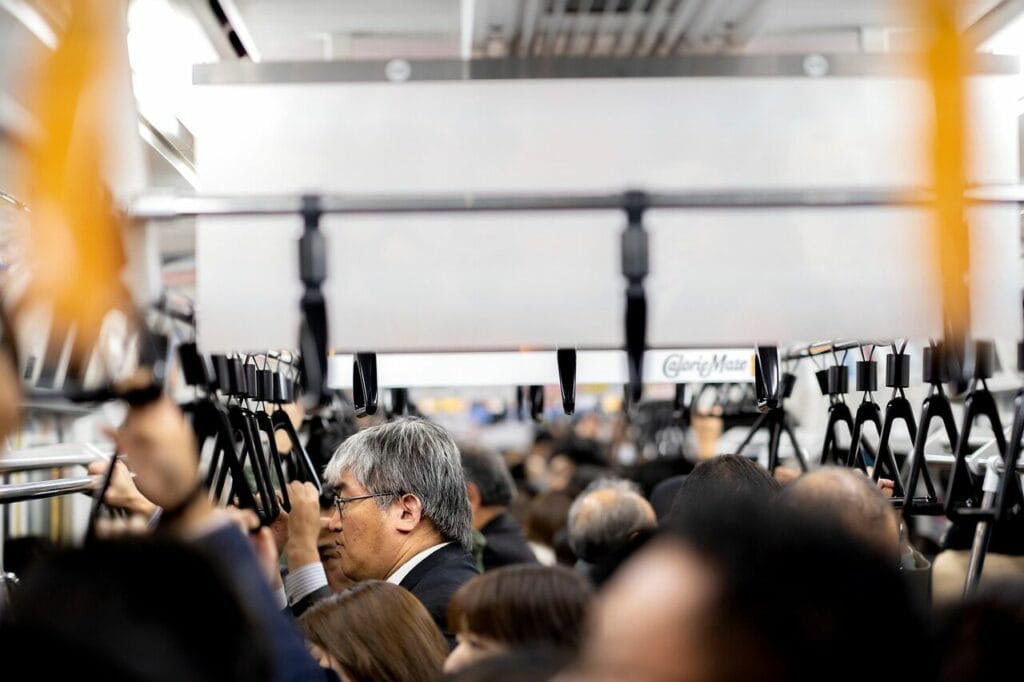With more employees gradually returning to work in Toronto, the city is gearing up for an expected rise in traffic congestion.
Mayor Olivia Chow recently unveiled improvements to the city’s public transit system to accommodate the growing number of commuters.
Excited about the enhancements, Mayor Chow stated, “Faster, more trains, less crowding. Yay. Instead of a train every three and a half minutes, now you’ll see one every two minutes and 20 seconds.”
The Toronto Transit Commission (TTC) has announced the restoration of services on Line 2 (Bloor-Danforth) to pre-pandemic levels. This includes the addition of six extra trains during peak hours, along with increased service on bus routes such as 72 Pape, 73 Royal York, and 94 Wellesley.
Metrolinx has also revealed plans to introduce more rush-hour trips on the Lakeshore East, Lakeshore West, Barrie, and Stouffville GO lines.
Despite these improvements, experts caution that the transit system may face challenges as more people return to offices.
University of Toronto professor in geography and planning, Matti Siemiatycki, expressed concerns, stating, “The transit system is showing signs of strain due to age-related issues and slow zones, especially in areas like Scarborough and North Etobicoke. It’s becoming increasingly difficult to rely on public transit for commuting.”
Recent data from Statistics Canada highlights that Torontonians endure the longest average commute times in Canada, clocking in at around 35 minutes, almost two minutes longer than the previous year’s average. This surpasses the national average of under 27 minutes.
Siemiatycki stressed the importance of providing reliable public transit services to encourage commuters to opt for public transport over driving, emphasizing the potential traffic nightmares if car usage spikes.
To address the anticipated rise in road traffic, the city is implementing measures such as adding 100 traffic agents, better construction road closure planning, reducing delays at intersections, and enhancing transit reliability.
However, the city’s efforts to enhance transit and alleviate congestion may face obstacles.
Beginning Wednesday, a significant construction project will close the southbound off-ramp from the Don Valley Parkway to Richmond Street until next spring. Siemiatycki emphasized the need for efficient and swift completion of such projects.
He also called for collaborative efforts from businesses, such as adjusting employee hours and promoting carpooling, to ease pressure on the transit network.
The TTC assures that these improvements are just the start of a phased expansion across the network, with further service adjustments anticipated in the months ahead.

